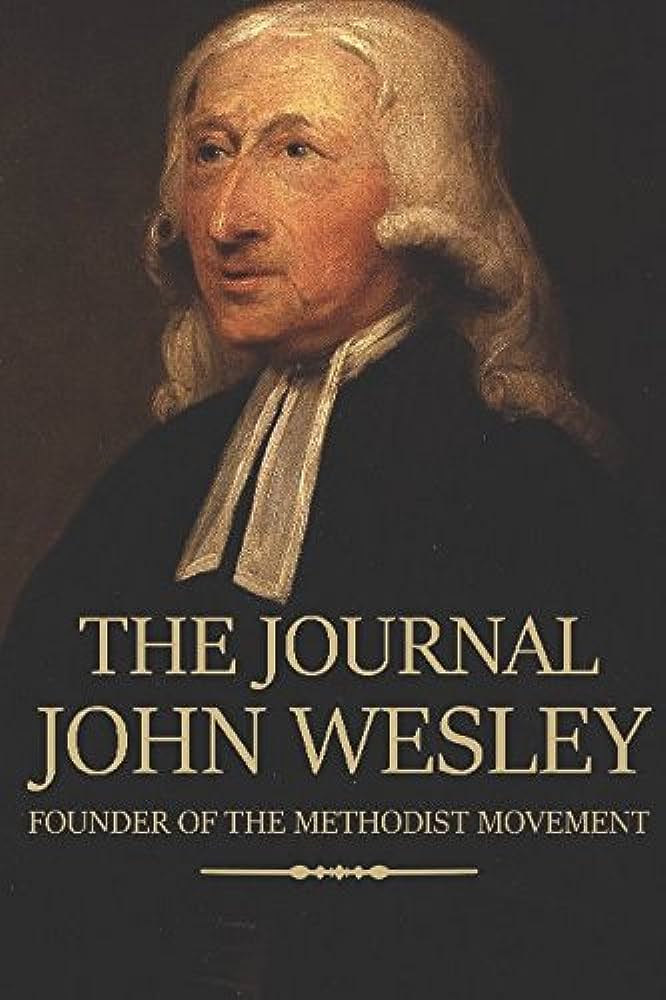Book Description
This is the story of his life, written by himself.
The historian Thomas Babington Macaulay said that Wesley was “a man whose eloquence and logical acuteness might have made him eminent in literature, whose genius for government was not inferior to that of Richelieu, and who, whatever his errors may have been, devoted all his powers in defiance of obloquy and derision, to what he sincerely considered as the highest good of his species.”
But despite how Wesley has been viewed posthumously, he did not always find spreading his views a simple matter.
Indeed, he was slandered, cursed, attacked by mobs and pelted by stones, had to travel through atrocious weather and rough seas, imprisoned and even saw an effigy of himself burnt before his eyes.
Through all this Wesley persisted.
He travelled the length and breadth of the country, from Leeds to Leicester, the Isle of Man to the Channel Islands, Wales to Scotland. He records that at one point he journeyed over 2,400 miles in 7 months, sometimes covering over 90 miles in a single day.
He ventured outside of the country on a number of occasions, visiting Ireland and even preaching to Native Americans when he was young. But age did not stop him and in his 80th year he visited Holland to continue preaching.
John Wesley’s Journal is not only a fascinating insight into the life of this religious leader, but it is also an eyewitness account of the eighteenth century world. Wesley’s travels over much of Britain provide a brilliant social history of what life was like during this period.
He notes down his meetings with a huge range of people from lords and ladies to Dr. Samuel Johnson right through to smugglers, sailors, soldiers and even French prisoners. At the beginning he preached to only small sceptical groups but by the end of his life he was drawing crowds of over 30,000.
His Journal documents his life right through to his last year in 1791 at the age of 87. He had been preaching Methodism for over fifty years, crossing and re-crossing the kingdom, recording what he saw and what he believed. This Journal should be of value to anyone interested in the origins of Methodism or eighteenth century history.


